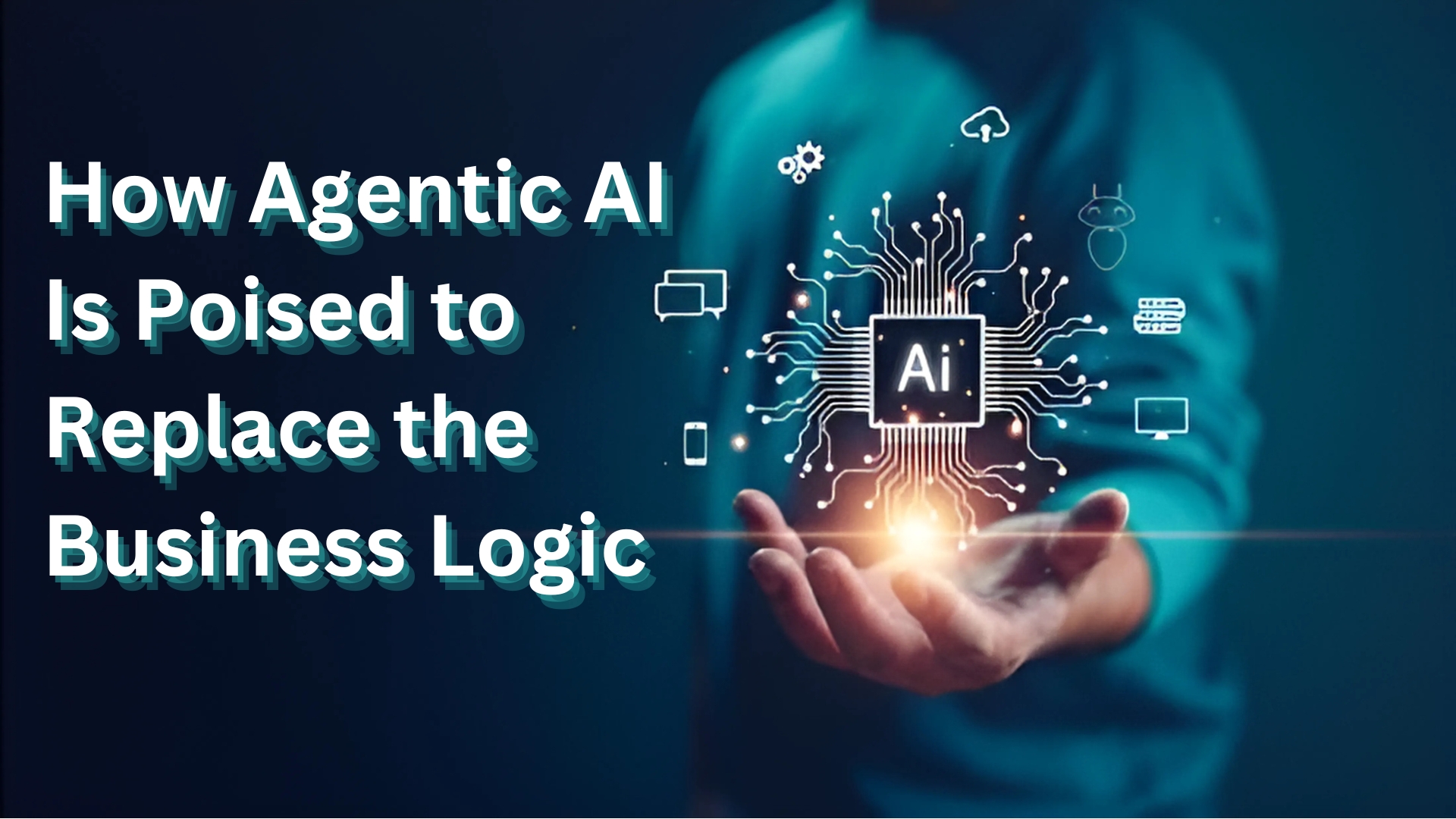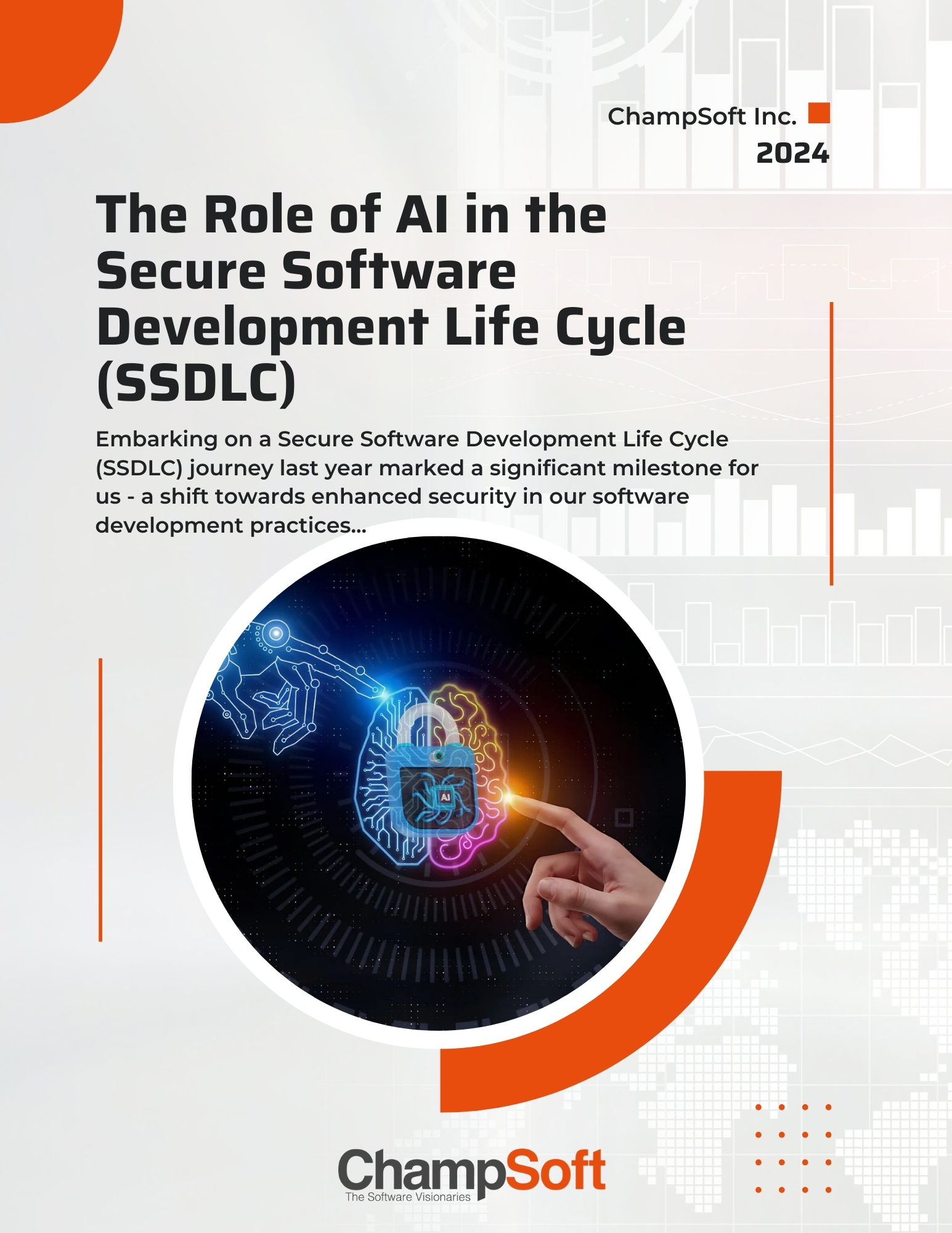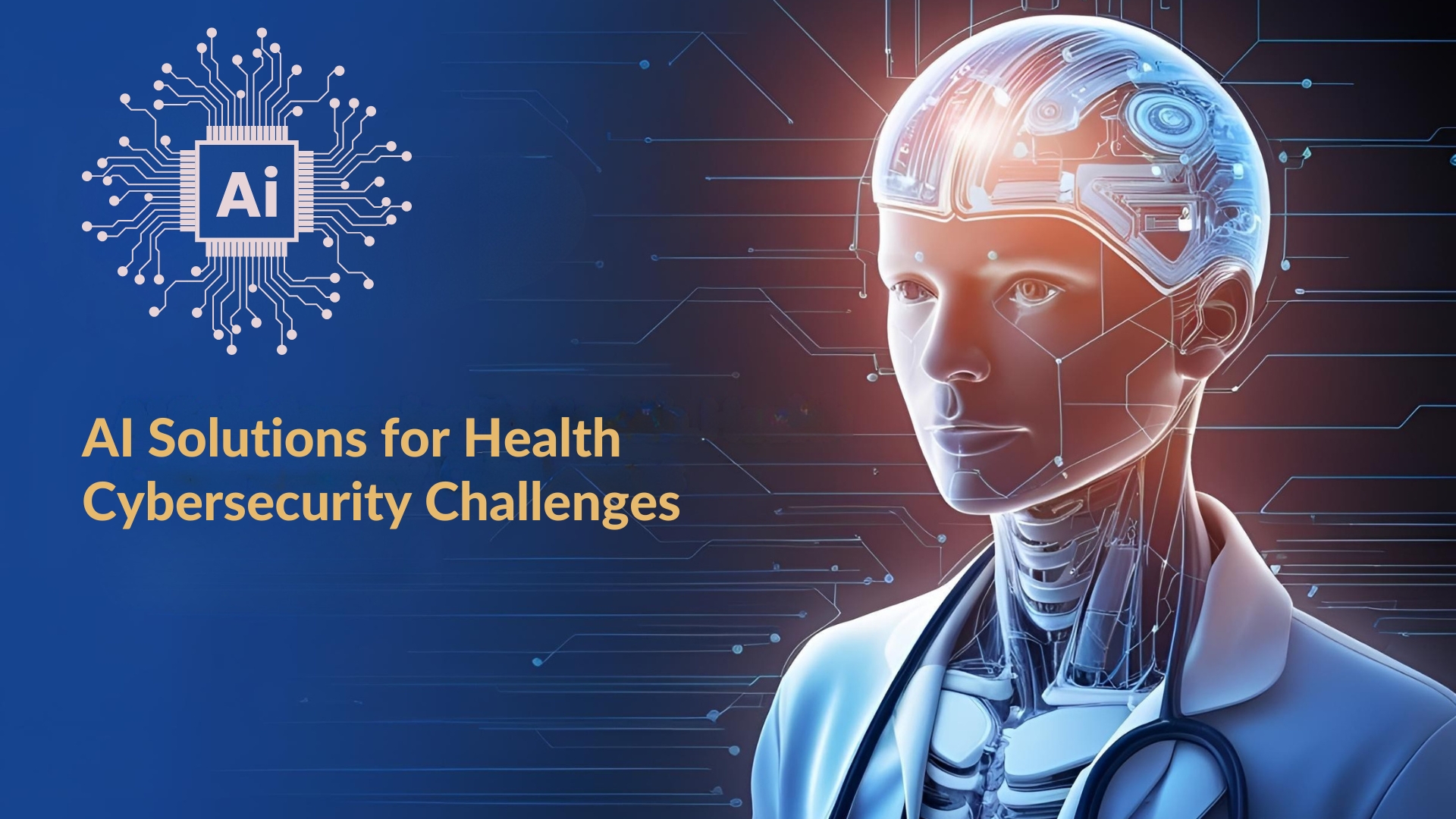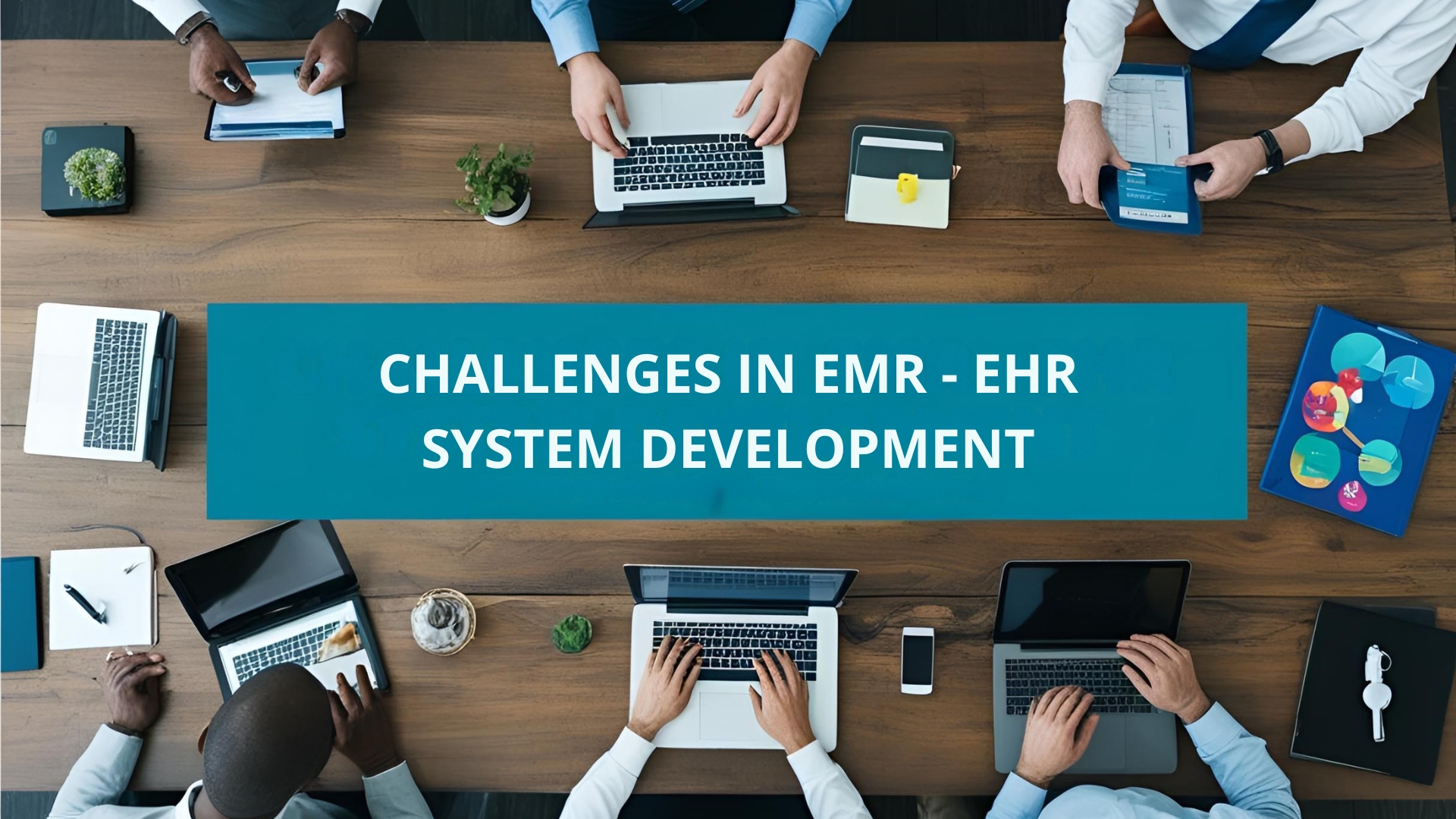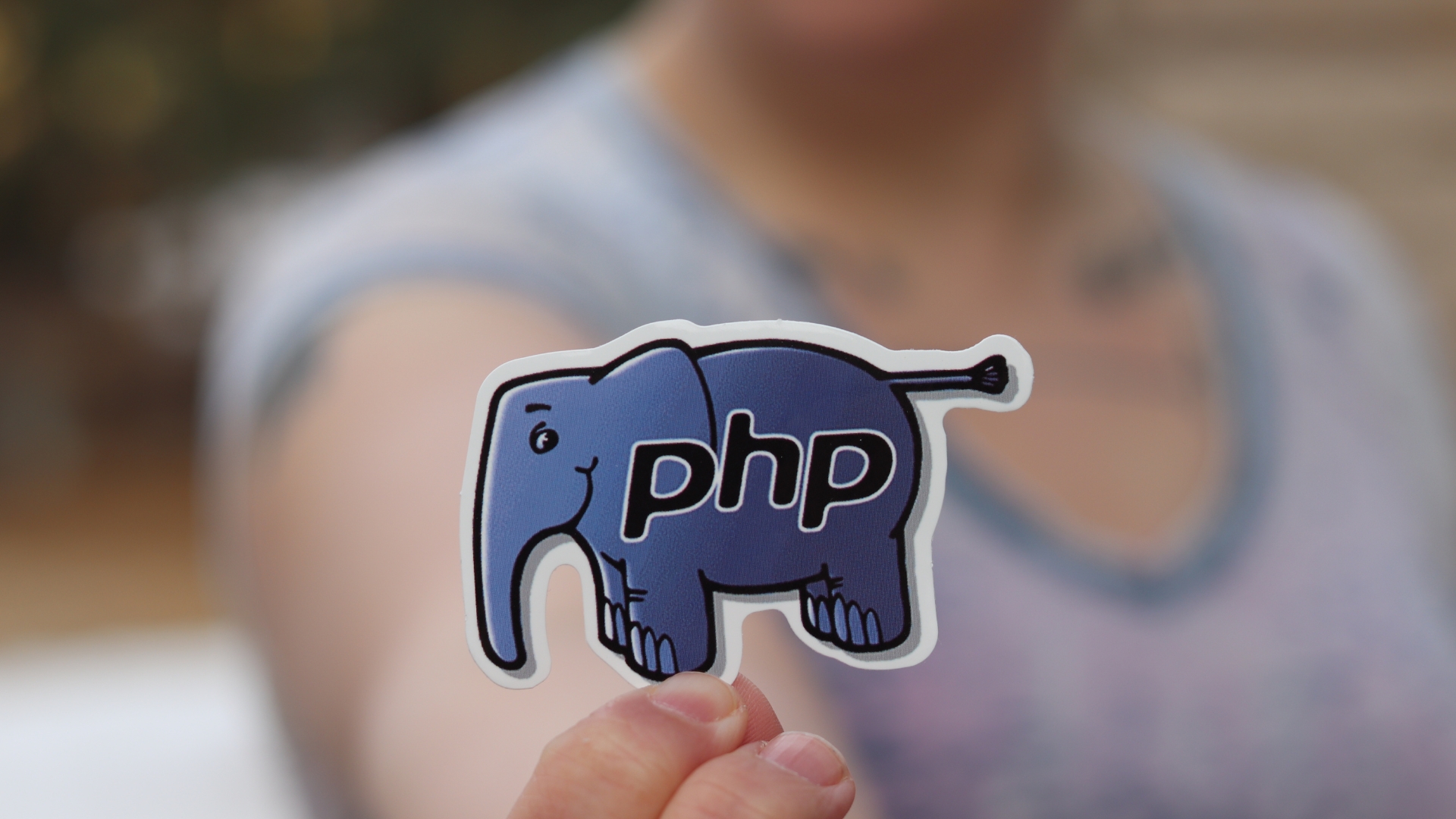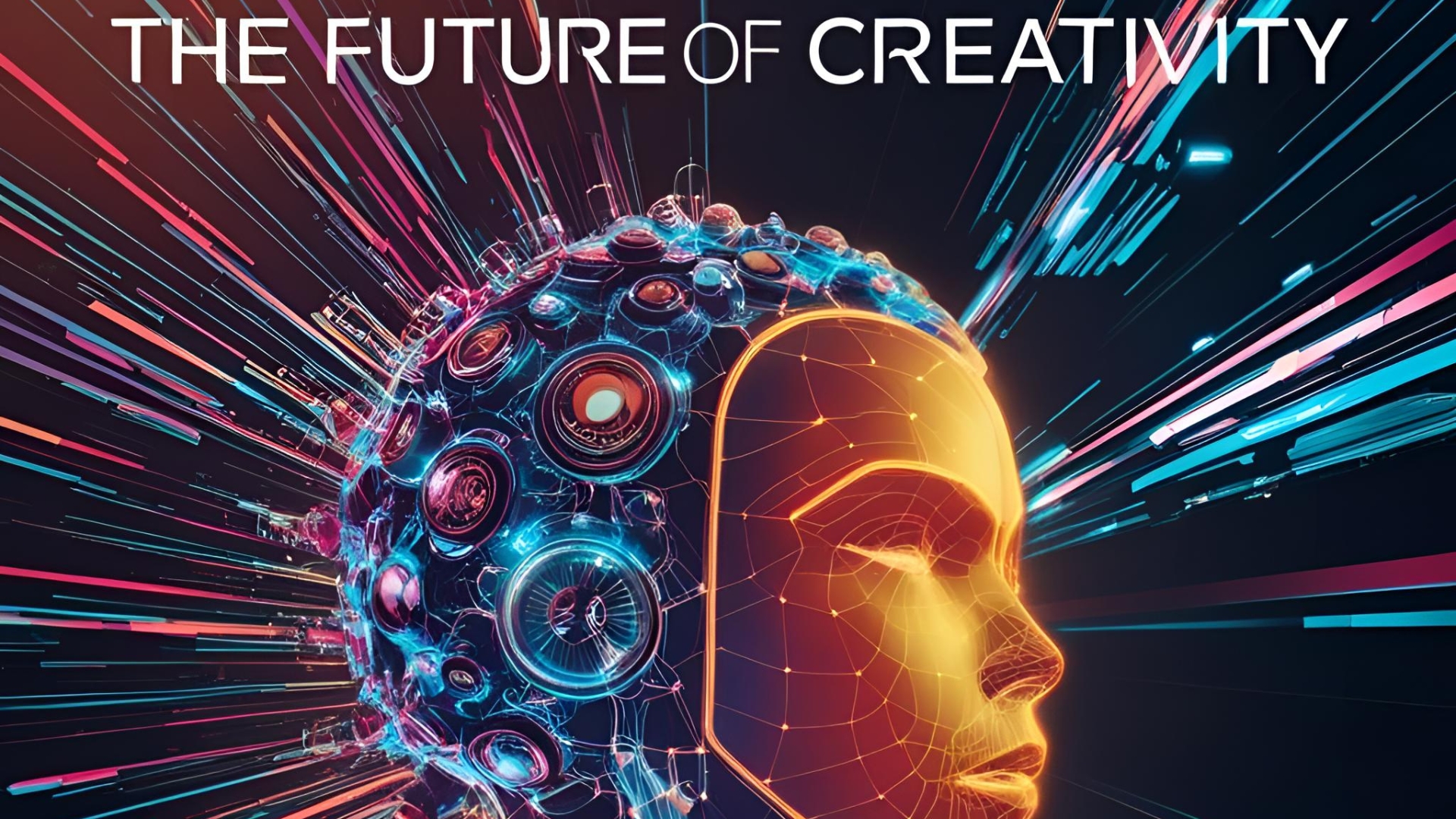You’ve probably heard about Agentic AI, Agentic Platforms, AI Agents, and Agentic Workflows in AI, and you’ve probably heard about how these technologies are set to revolutionize entire industries. As a seasoned software engineer with 30+ years of experience, I’ve witnessed my share of technology evolutions. Yet Agentic AI stands out for its potential to dramatically change how we structure and maintain software. In this article, I want to demystify Agentic AI/AI Agents, highlight its ability to transform the business logic layer, and explain why I’m so upbeat about its implications for future custom software development.
Traditionally, the business logic layer can account for up to 70% of the total coding effort. Every new requirement or rule change means updates, testing, redeployment, which slows innovation, and inflates costs. By automating and augmenting the decision-making processes that are typically hard-coded, Agentic AI can slash that 70% overhead while managing far more complex tasks in real time—all with minimal human intervention. Let’s explore what Agentic AI is, how it works, and why it’s poised to replace conventional business logic as we know it.
What Is Agentic AI?
Agentic AI refers to Artificial Intelligence systems—often called AI agents—that can perceive their environment, reason over objectives, and take action to achieve specific goals. Unlike simple rule-based or reactive systems, which follow predefined instructions, AI agents can learn from past experiences and dynamically adapt their strategies.
Agentic AI refers to Artificial Intelligence systems—often called AI agents—that can perceive their environment, reason over objectives, and take action to achieve specific goals. Unlike simple rule-based or reactive systems, which follow predefined instructions, AI intelligent agents can learn from past experiences and dynamically adapt their strategies.
Key Characteristics of Agentic AI
- Autonomy: Agentic AI systems make decisions without continuous human oversight. They interpret data, learn from feedback, and adjust to shifting conditions independently.
- Goal-Driven Reasoning: Instead of relying on rigid if-then statements, AI agents weigh multiple possible actions to determine the best path toward their objectives.
- Context-awareness: These agents draw from various data sources—user behavior, external APIs, or internal business processes—to understand the bigger picture and respond more intelligently.
- Adaptive Learning: AI agents get smarter over time through machine learning techniques. They learn from successes and failures and refine their approach with each iteration.
Why Traditional Business Logic Is Ripe for Disruption
Over three decades in the software industry, I’ve consistently observed that developers spend most of their time on business logic. While critical, traditional business logic comes with inherent challenges:
- Rigid Rule Sets: Conventional business logic is heavily rule-based. Every possible scenario and its corresponding action must be painstakingly coded.
- High Maintenance Costs: As business needs evolve, rules must be updated, tested, and redeployed—resulting in lengthy development cycles.
- Scalability Issues: As an organization grows, so does its logic. Complex interdependencies and expanding functionality can create technical debt.
- Limited Adaptability: Hard-coded rules are ill-equipped to handle rapid changes like market fluctuations or user behavior shifts—without significant manual intervention.
How Agentic AI Can Replace the Business Logic Layer

Agentic AI has the potential to take over much of the 70% of development time previously spent on writing and maintaining business logic. Here’s how Agentic Workflows in AI can make a significant difference:
- Intelligent Orchestration: AI agents can manage tasks and workflows in real-time, far beyond rigid if-then statements. They use multiple data streams—customer interactions, logistics, and market data—to coordinate processes dynamically.
- Real-Time Decision-Making: Instead of depending on code updates for every change, AI agents adjust on the fly. For instance, they might modify shipping strategies based on stock levels, customer preferences, or carrier reliability, all without extra manual coding.
- Continuous Learning and Improvement: Agentic AI learns from its actions through machine learning and reinforcement learning. If a decision leads to a poor outcome, the agent refines its strategy automatically. This adaptability ensures it becomes more efficient over time.
- Scalable and Future-Proof: As new business requirements emerge, AI agents can integrate additional data sources or adapt their decision-making algorithms faster than adding new rules or workflows.
Example: E-Commerce Order Fulfillment
Scenario: An online retailer wants to minimize shipping costs and reduce delivery times.
- Traditional Approach: A developer codes rules like: “If the product is in Warehouse A, use Courier X. If Courier X is at capacity, switch to Courier Y.” Changing shipping rates or inventory locations demands ongoing updates to the logic.
- Agentic Workflows in AI Approach: An AI agent embedded within the no-code/low-code platform continuously monitors application usage, infrastructure load, and regulatory parameters. Beyond simply managing DevSecOps, CloudOps, governance, and compliance, it also drives the dynamic business logic that determines how performance data is collected, analyzed, and acted upon.
This real-time adaptability replaces the need for manually managing a host of shipping rules.
Example: Integrating AI Agents with No-Code/Low-Code Platforms
Scenario: A rapidly growing manufacturing company wants to build an internal tool to track production line performance and handle dynamic decision-making in real time. They plan to use a no-code/low-code platform for rapid development but also face the challenges of DevSecOps, CloudOps, governance, security, and compliance requirements. Plus, they need a system that can adapt and evolve its business logic without constant manual coding.
- Traditional Approach: A development team manually configures continuous integration (CI) and deployment pipelines (CD), sets up cloud infrastructure, and codes the business logic to handle performance metrics, alerts, and quality checks. Whenever requirements change—such as introducing new data privacy rules or integrating a different cloud service—the team must update operational scripts and business logic workflows, leading to bottlenecks and maintenance overhead.
- Agentic AI Approach: An AI agent embedded within the no-code/low-code platform continuously monitors application usage, infrastructure load, and regulatory parameters. Beyond simply managing DevSecOps, CloudOps, governance, and compliance, it also drives the dynamic business logic that determines how performance data is collected, analyzed, and acted upon. When new regulations or operational constraints arise, the agent automatically adjusts the logic—changing data handling procedures for privacy compliance or modifying quality checks for the production line. Over time, it learns from deployment patterns, workforce feedback, and performance data, progressively refining its decision-making and workflows.
By replacing traditional business logic with AI-driven logic and offloading complex operational tasks to AI agents, the company’s development teams can focus on higher-level innovation, such as enhancing the user experience or designing new features. This synergy of no-code/low-code capabilities and Agentic AI significantly speeds up custom software development, reduces manual errors, and ensures that the environment remains secure, compliant, and consistently optimized—without constant rule revisions and redeployment.
Advantages and Considerations

Advantages
- Reduced Development Overhead: Offload the creation and maintenance of hundreds of rules to AI systems.
- Better Scalability: An Agentic AI layer can handle growing data complexity and integrate new services with minimal disruption.
- Responsive to Change: AI agents continuously adapt to shifting conditions, making them ideal for fast-paced markets.
- Continuous Improvement: The system evolves with each decision and dataset, fostering ongoing innovation.
Considerations
- Data Quality: AI is only as good as the data it receives. Poor data can lead to flawed decisions.
- Model Governance: Organizations must oversee how AI models learn and ensure compliance with regulations.
- Ethical & Legal Issues: Greater autonomy raises questions around accountability, fairness, and data privacy.
- Integration Complexity: While AI agents can replace business logic, it’s crucial to integrate them smoothly with existing systems and APIs.

Embracing Agentic AI: A Practical Path Forward
Shifting to an AI-driven approach means rethinking your existing architecture, development practices, and team skill sets:
- Architectural Redesign: Instead of building complex business logic, design systems around adaptable AI agents.
- Data Infrastructure: Invest in real-time analytics, clean data pipelines, and data governance to effectively feed AI agents.
- CI/CD for AI: Implement continuous integration/continuous deployment for your application code and AI models.
- Upskilling Teams: Empower developers to learn machine learning, data engineering, and AI governance principles.
It may sound daunting, but the long-term payoff is enormous: by migrating away from hard-coded business logic, you’ll cultivate systems that learn, adapt, and improve without perpetually draining developer resources.
It may sound daunting, but the long-term payoff is enormous: by migrating away from hard-coded business logic, you’ll cultivate systems that learn, adapt, and improve without perpetually draining developer resources. For businesses, adopting AI agentic workflows means a streamlined approach to issue resolution and optimized performance.
Existing Tools and Frameworks to Make the Transition Easier
Transitioning from traditional, rule-based business logic to AI-driven systems can seem daunting, but many open-source and commercial platforms now exist to streamline the process. Whether you need powerful code generation, multi-agent collaboration, or memory-augmented conversations, you can choose from various frameworks and libraries that eliminate much of the low-level complexity. By adopting these ready-made solutions, development teams can focus on building features and refining outcomes rather than reinventing AI orchestration from scratch.
Microsoft Autogen
Microsoft Autogen is an experimental toolkit that leverages Large Language Models (LLMs) to automate code generation. It integrates deeply with the Microsoft ecosystem, making it a natural fit for teams already using Azure or Microsoft developer tools. Autogen allows you to provide high-level specifications, which the system then translates into working code. Its automatic generation and refinement loops help you iterate quickly, removing much of the tedious boilerplate or trial-and-error coding that can slow development. This speeds up feature creation and shifts your focus to high-level decision-making and architectural design rather than line-by-line logic.
LangChain / LangGraph
LangChain, often used with the visualization companion LangGraph, aims to abstract away the complexities of building LLM-powered pipelines. Instead of manually managing prompt engineering, data retrieval, and model orchestration, you can leverage LangChain to define “chains” of interactions between your data, LLMs, and other system components. LangGraph adds a visual layer, making conceptualizing how data flows through various NLP tasks easier. This approach simplifies the process of experimenting with different prompt configurations or chaining strategies, especially for teams that want to rapidly iterate and refine the AI’s responses without delving into complicated backend logic.
Microsoft Semantic Kernel
Microsoft Semantic Kernel is another Microsoft offering that helps integrate AI-driven functions (or “skills”) into your applications. It is particularly useful for teams that want a flexible way to combine semantic operations—like text generation or classification—with more traditional programming paradigms. The toolkit emphasizes composability, letting you mix and match pre-built semantic skills to address different aspects of your business logic. Its close alignment with Azure services means you can also benefit from enterprise-level security, compliance, and manageability features, making it a strong choice for organizations already embedded in the Microsoft ecosystem.
OpenAI Swarm
OpenAI Swarm enables you to orchestrate multiple AI agents working in parallel or cooperatively. This framework is handy for complex projects where different tasks require specialized AI models—each agent can focus on a particular function and pass information among themselves as needed. This multi-agent environment is well-suited for large-scale data analysis, collaborative content creation, or any workflow that can be broken down into distinct steps or skills. You can often reduce processing time by parallelizing tasks while improving overall coverage and accuracy, as each agent brings specialization.
PydanticAI
PydanticAI extends Python’s popular Pydantic library into AI-driven data management. Whereas Pydantic is widely used for validating and parsing structured data (such as JSON), PydanticAI adds an intelligence layer that automatically interprets, validates, and transforms data with minimal custom code. By combining the strict type enforcement of Pydantic with an AI’s ability to handle unstructured or ambiguous inputs, you can create workflows that adapt to various data sources without sacrificing data integrity. This approach is particularly valuable for backend systems or APIs that receive diverse and often unpredictable payloads, ensuring that your AI-driven business logic aligns with strict data schemas.
CrewAI
CrewAI focuses on collaborative, multi-agent ecosystems. Its architecture is built around the notion that different AI agents—each with their own role or domain expertise—can work together toward a shared objective. CrewAI includes a collective decision-making engine that lets these agents communicate, share resources, and adjust their plans in real time. This cooperative setup lends itself well to complex enterprise tasks where multiple stakeholders or processes must coordinate. By assigning roles and authority levels to each agent, you can keep a structured hierarchy while letting the AI adapt dynamically to new inputs or changing requirements.
MemGPT
MemGPT tackles one of the more persistent issues with conversational AI: the tendency of models to “forget” context over more extended interactions. Built on GPT-based architectures, MemGPT augments standard conversation models with memory modules that store and retrieve relevant historical context. This allows AI agents to maintain continuity over extended sessions—especially useful in customer support, research, or any scenario where a conversation might span multiple queries or phases. By storing and reusing contextual details, MemGPT can generate more consistent and personalized responses, ultimately reducing user frustration and improving engagement.
LangFlow
LangFlow provides a user-friendly visual interface for building agentic workflows on top of frameworks like LangChain. Rather than coding each step of your LLM-powered process, you can use LangFlow’s drag-and-drop nodes to construct and rearrange your agentic pipeline. This accelerates prototyping and opens the door for non-developers or less technical stakeholders to participate in designing AI-driven solutions. You can quickly add or modify steps, test out new prompts, and debug the resulting chains in real-time. The ability to visually see the entire workflow is invaluable for teams that must collaborate on building or explaining AI logic to various business units.
Incorporating these agentic frameworks and tools into your software stack significantly reduces the manual overhead and complexity of building AI-driven logic. While the choice depends on your project’s scale, domain, and constraints, each solution illustrates a different approach to managing autonomous agents—from code generation to collaborative multi-agent systems. Whichever path you take, the ultimate goal remains the same: freeing developers from repetitive, rigid business logic and empowering them to focus on innovation, creativity, and strategic problem-solving.
Conclusion
From my perspective—after 30+ years in software development and countless hours dedicated to writing and updating business rules—I’m genuinely excited about the evolution toward Agentic AI. This new approach dramatically reduces the time we spend coding inflexible logic while boosting our systems’ intelligence, agility, and resilience.
By autonomously handling complex tasks, adapting in real-time, and continuously learning from every interaction, AI agents provide a forward-looking alternative to rigid, rule-based systems. With proper planning, robust data practices, and a commitment to ongoing improvement, the next generation of custom software development can harness Agentic AI to deliver solutions that are not only more efficient but also infinitely more adaptable to the ever-changing business landscape. Agentic AI issue resolution and enhanced AI capabilities promise a future where businesses can thrive through innovation and intelligent workflows.

